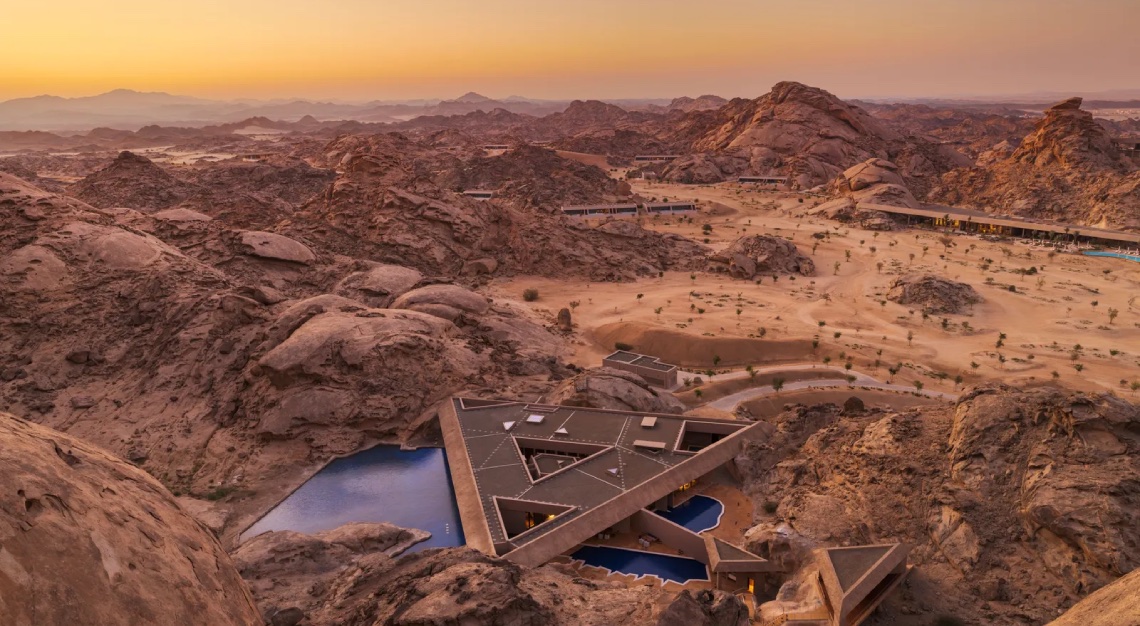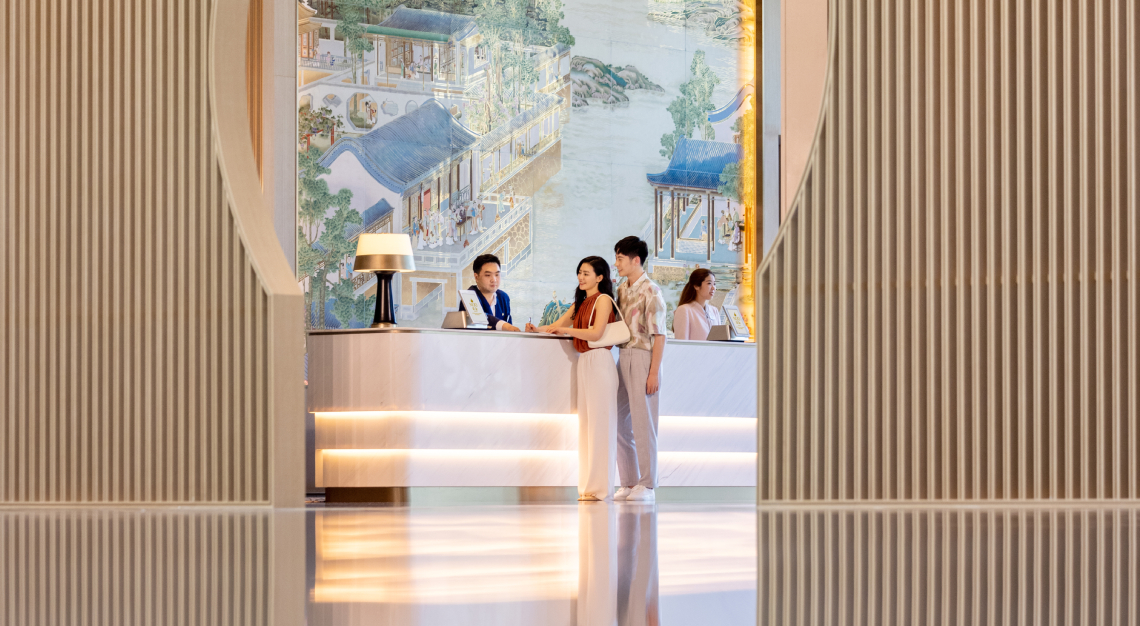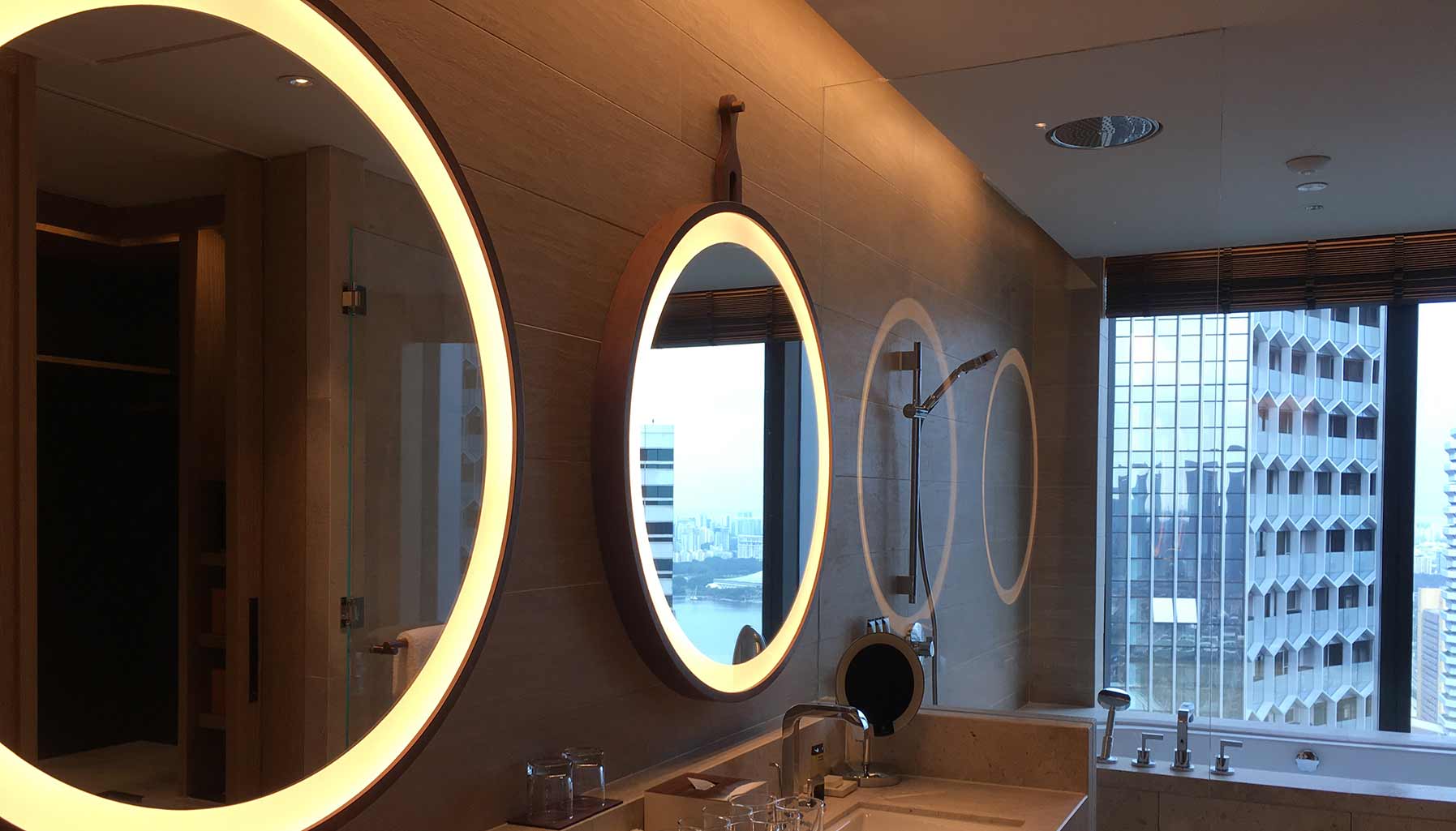A favourite of the world’s tastemakers, The Sukhothai Bangkok holds its own in a city awash with fresh upstarts
Editor’s note: See other Escape Plan stories here.
It’s probably not easy to forget the events of the past two years as Asia and the world recalibrates to a new hum of pre-flight vaccination status checks and strict cabin baggage allowances. But in the face of changes, the comfort and the luxury of the familiar is a tempting and logical reaction to what one can’t control. These notions are brought home as guests pull up to the exactingly manicured tree-lined driveway swishing past lotus ponds into The Sukhothai Bangkok. This sense of polite familiarity extends from the bellhop through to the concierge who informs you that “we have an updated list of the best restaurants in town, sir”.
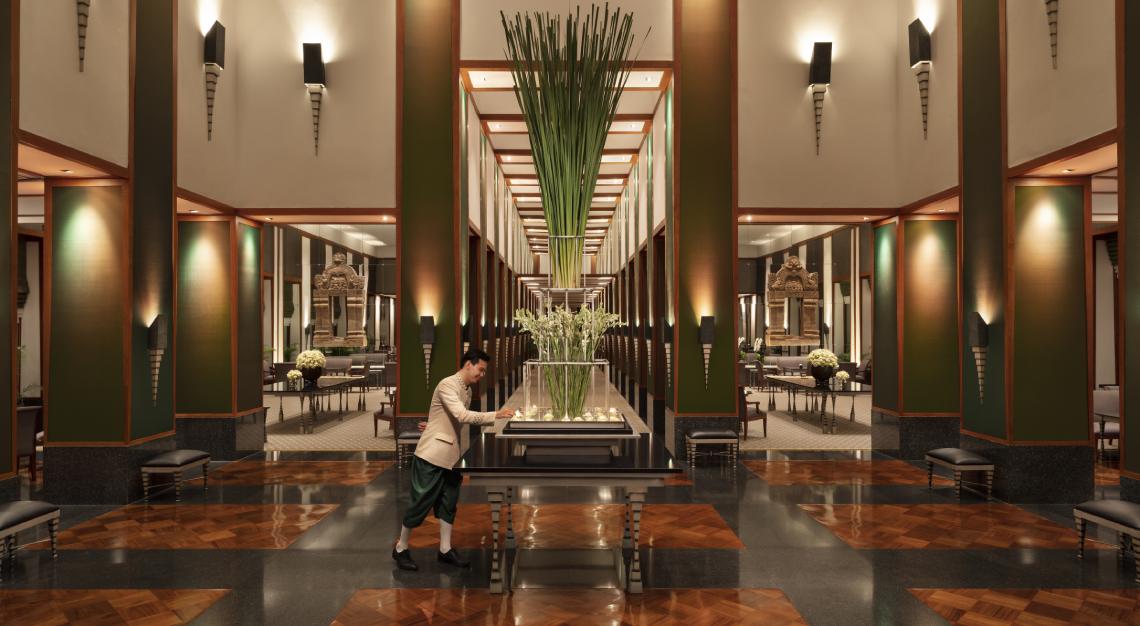
Up in the Ed Tuttle-designed Club Suites, one of 33 at the hotel, those in-the-know might experience a poignant heart tug. American Tuttle, who passed away in the middle of 2020, was responsible for some of Thailand’s most unforgettable resorts, stretching like a well-limbered yoga adept from the beaches of Pansea in Phuket to the calmer restorative shores of Hua Hin. Tuttle singularly coined what luxe-y coffee table books now term as modern Thai luxury. At The Sukhothai Bangkok, a property inspired by the glorious 13th-century Siamese dynasty, these design concepts were brought to life within his curated spaces, each of which subtly presented the most opulent and symbolic Thai materials ranging from teak, granite, glass, ceramics, steel, and cleverly placed mirrors, textured with the finest Jim Thompson silks.
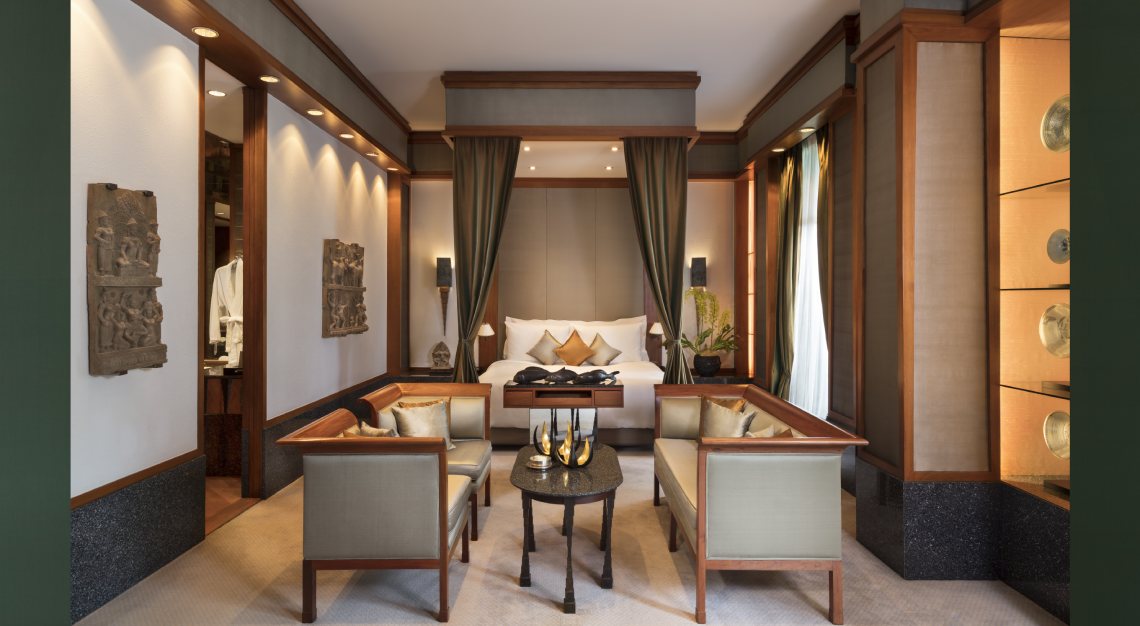
The Club Suites, which launched in 2018, comprised Tuttle’s final project for The Sukhothai Bangkok, a property through his exacting aesthetics became an instant hit with the international jetset. In these rooms, he’d imparted distinct modern edges, while toning down classic Thai accents. Instead of ornate woodwork, there are more minimalist trays and charcoal modular sofas. What hasn’t changed however, is the deep understanding of room flow and how guests might utilise the space. There are ample spots to place essentials such as reading glasses, watches and books without having the need for blurry eyed searches for these items in the middle of the night. The same considerations can be noticed in the vast bathroom with its three-dimensional mirror splices, a Tuttle design signature, which offer pleasing and convincing impressions that you’re slimmer than you actually are.


The optical illusions are possibly intentional. Tuttle and his best friend, the late fashion designer Kenzo Takada, were often spotted at The Sukhothai Bangkok—both as hotel guests and diners at The Colonnade, and La Scala, now with a new chef and tasting menus. The former continues to be known for its excellent Sunday brunches that are both social and culinary events attracting the Thai capital’s and the world’s crème de la crème. One supposes that specially calibrated mirrors could be useful for one’s peace of mind after a sumptuous spread of champagne, lobsters, foie gras, oysters, and pastries made daily by the hotel’s chefs.





Both Takada and Tuttle shaped and defined the world’s design narrative for the greater part of half a century. In many ways, The Sukhothai Bangkok was to these two men a symbol and an experience of sublime good taste, a home-away-from-home and a refuge from runway presentations and blistering winters. And to budding jetsetters now able to fly again, the same sense of familiarity could prove an equally delightful draw.

